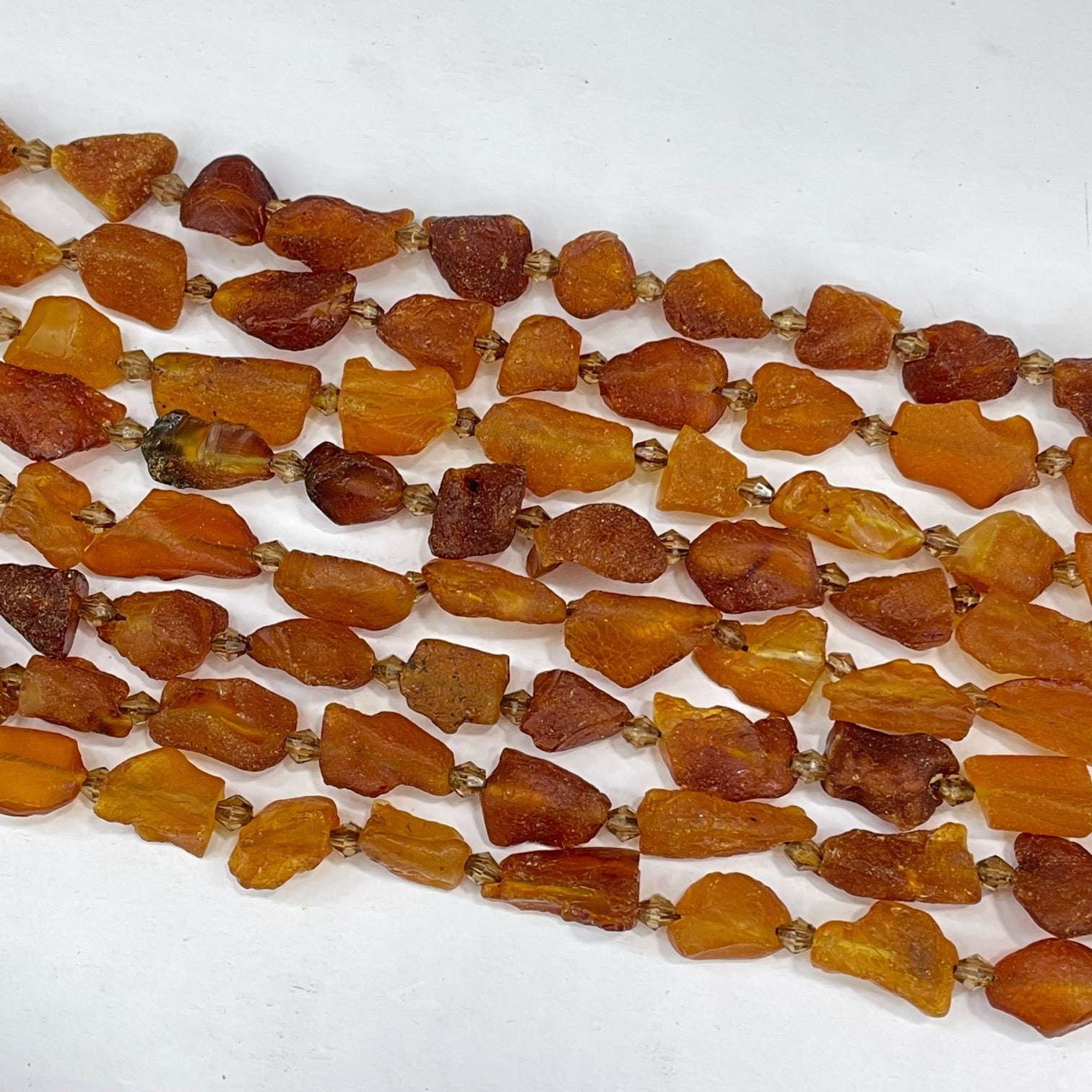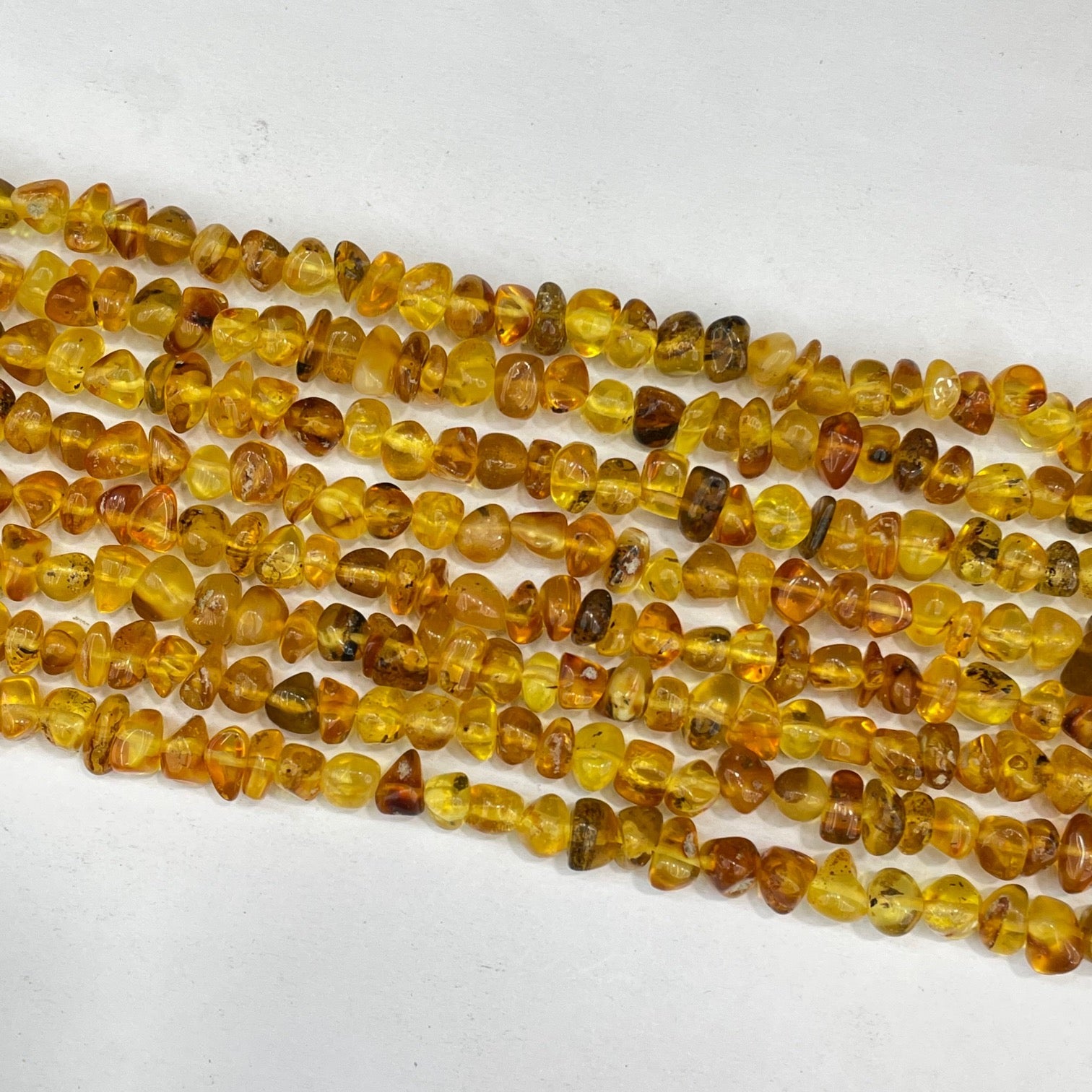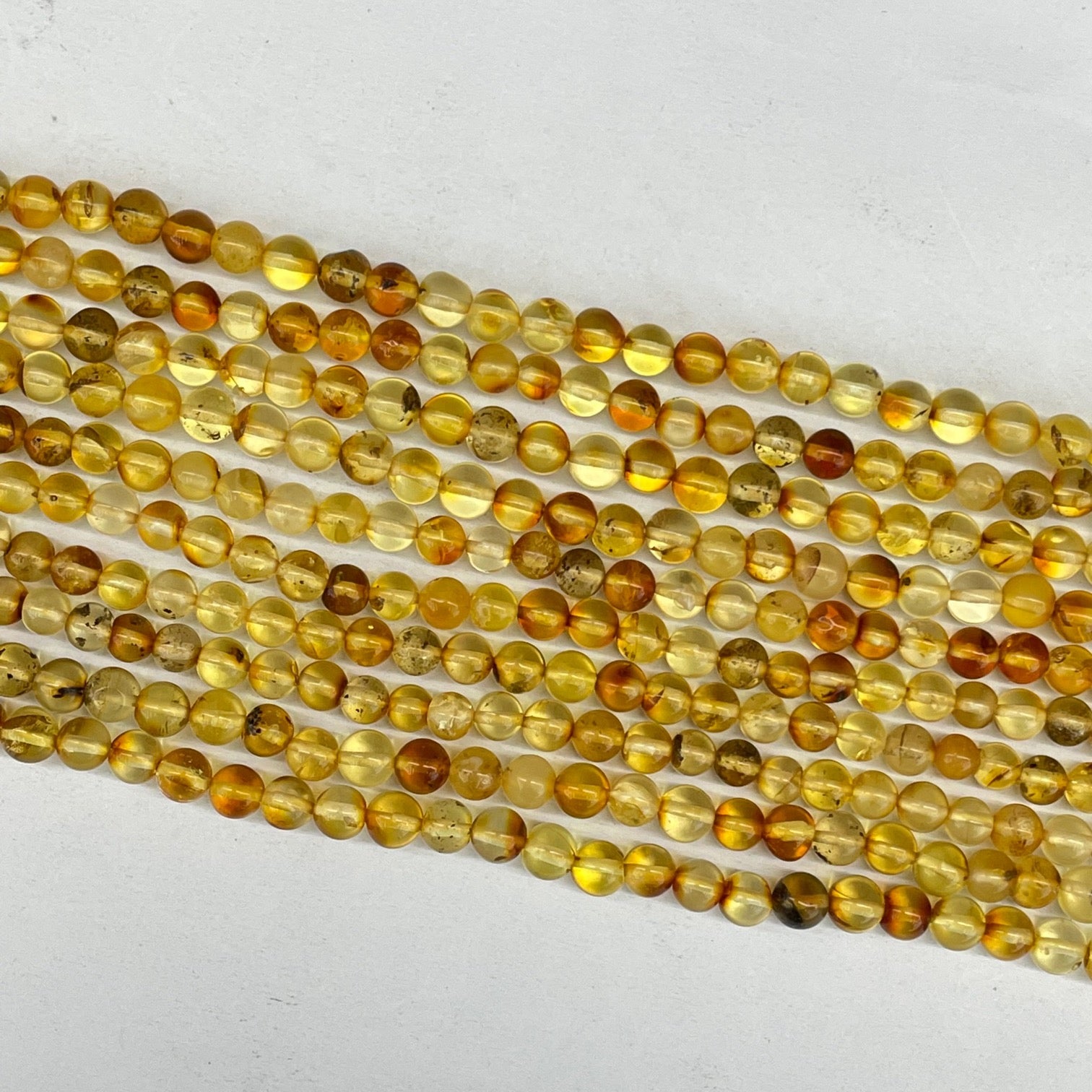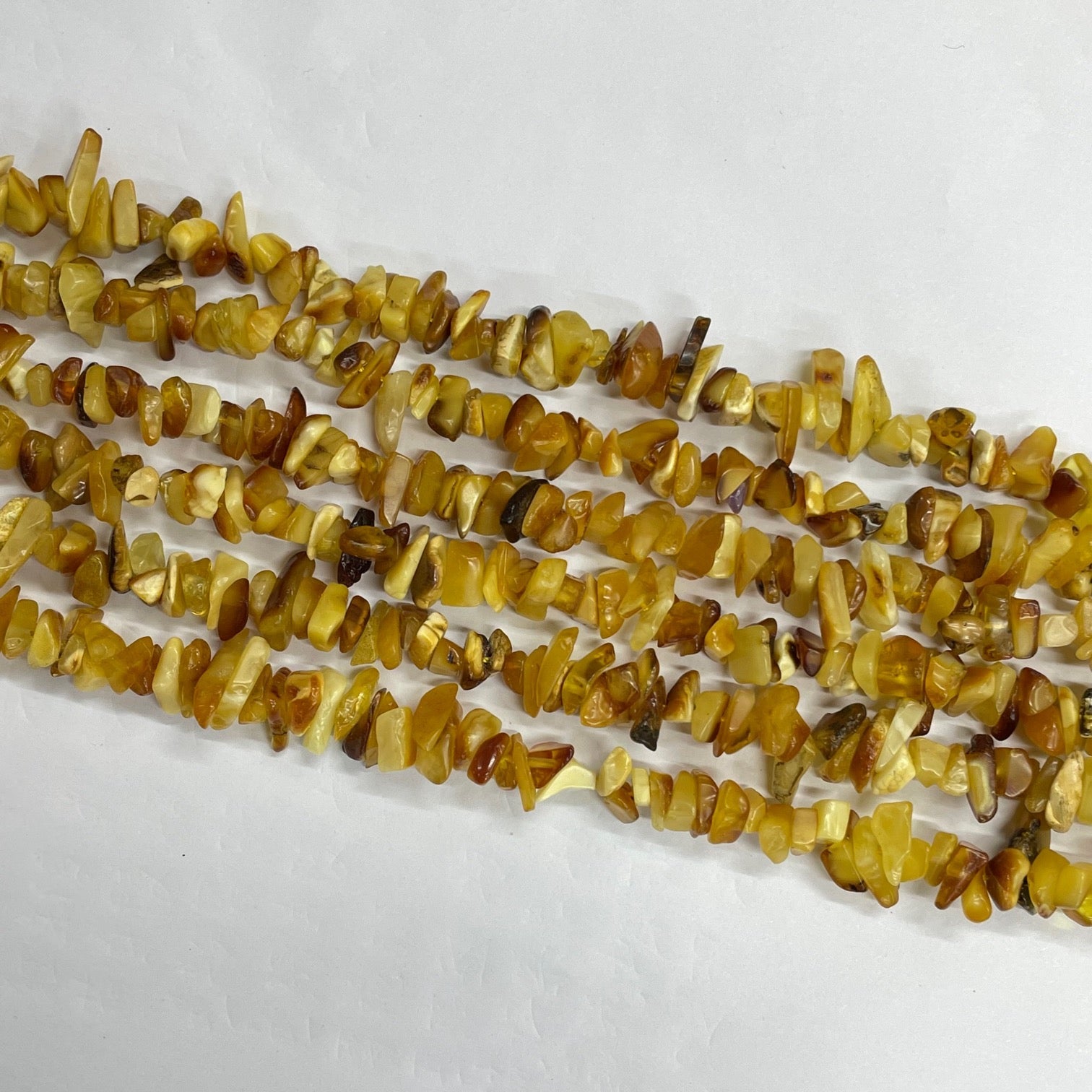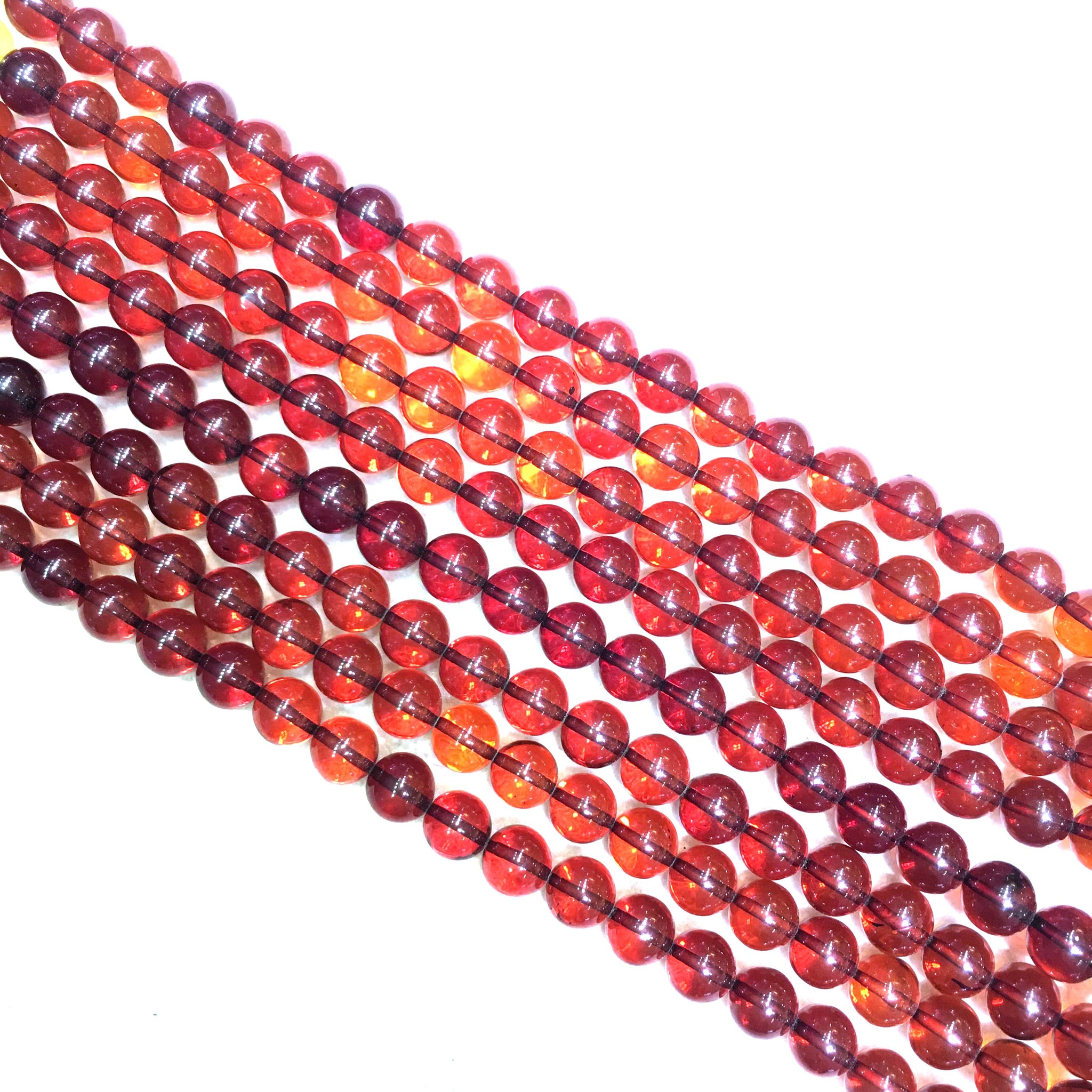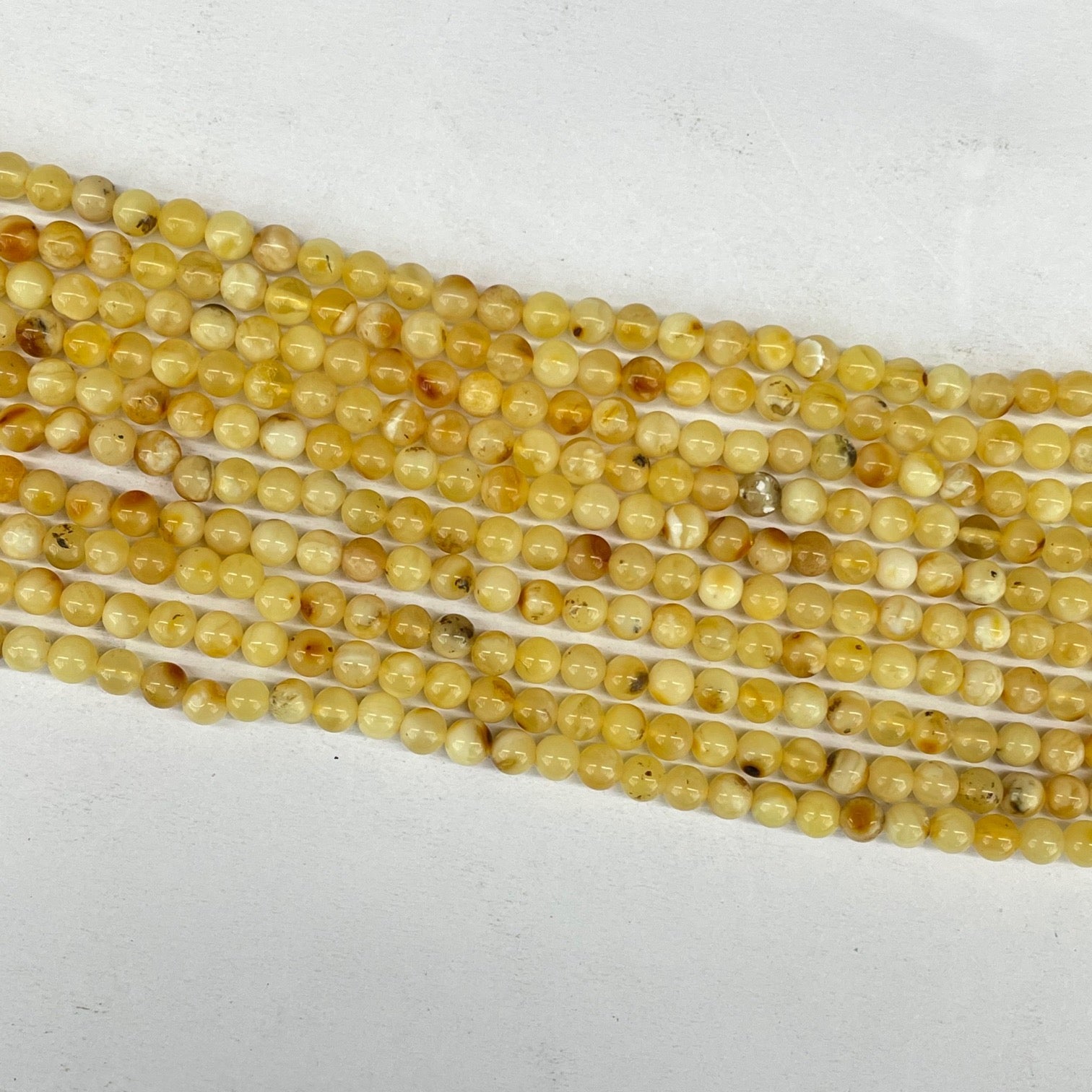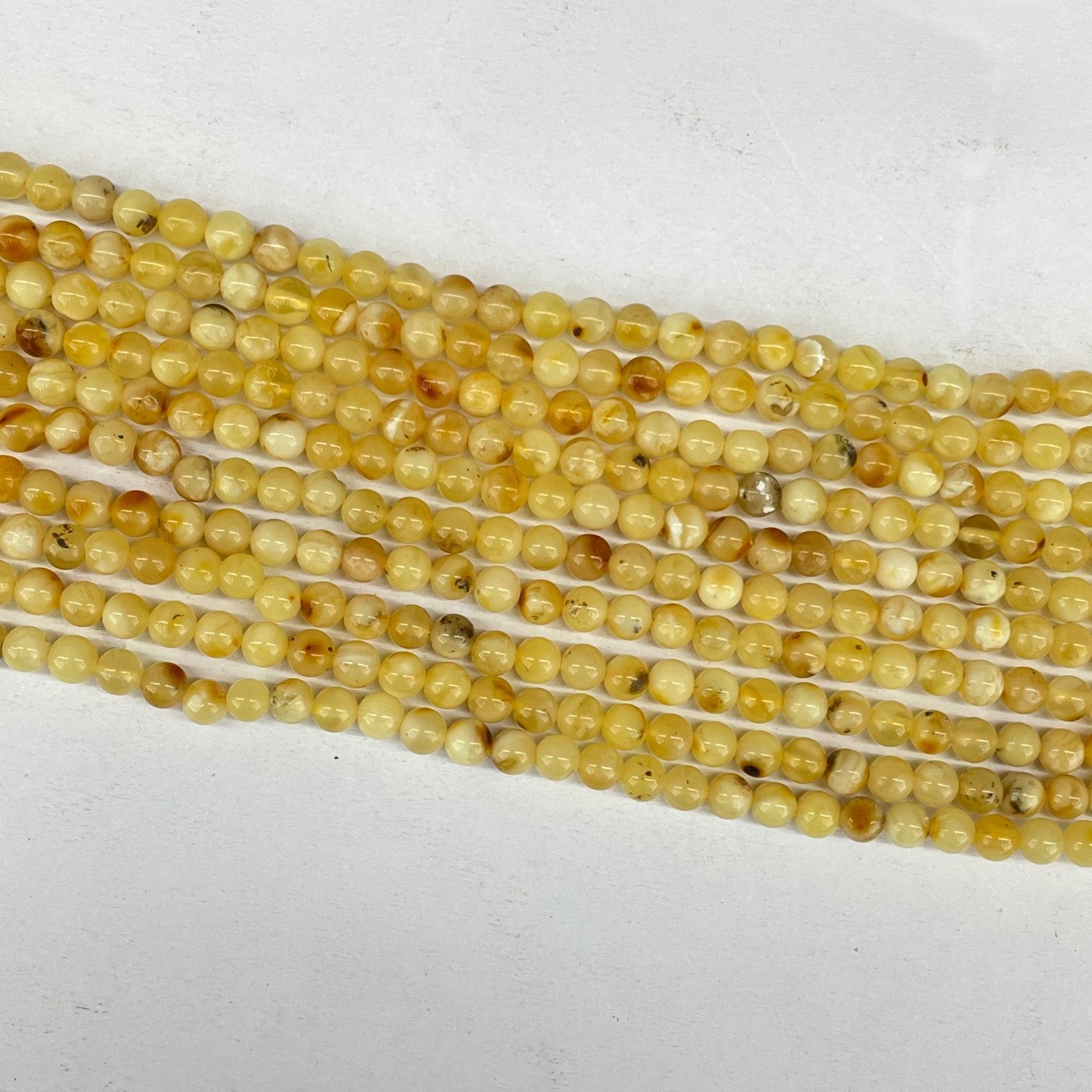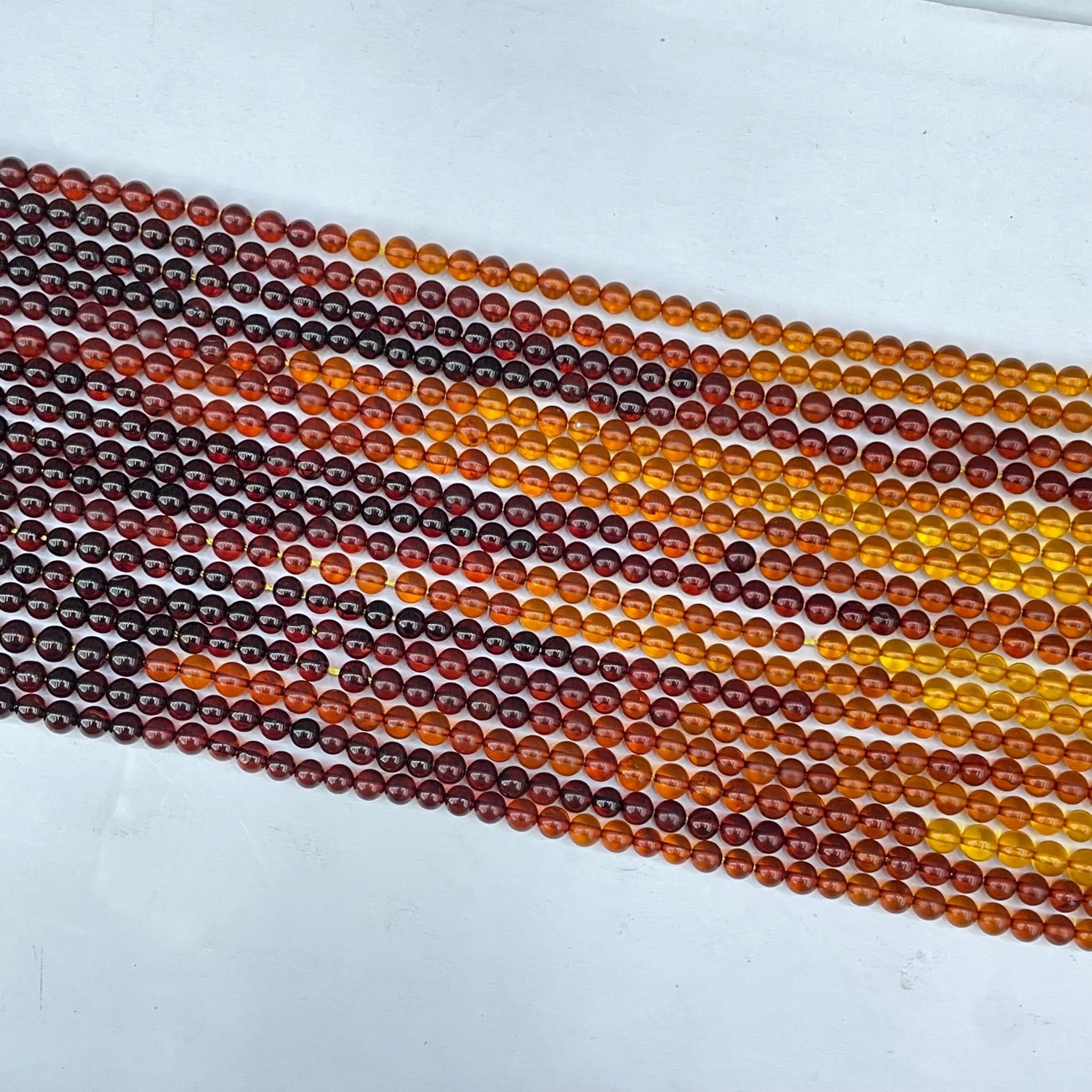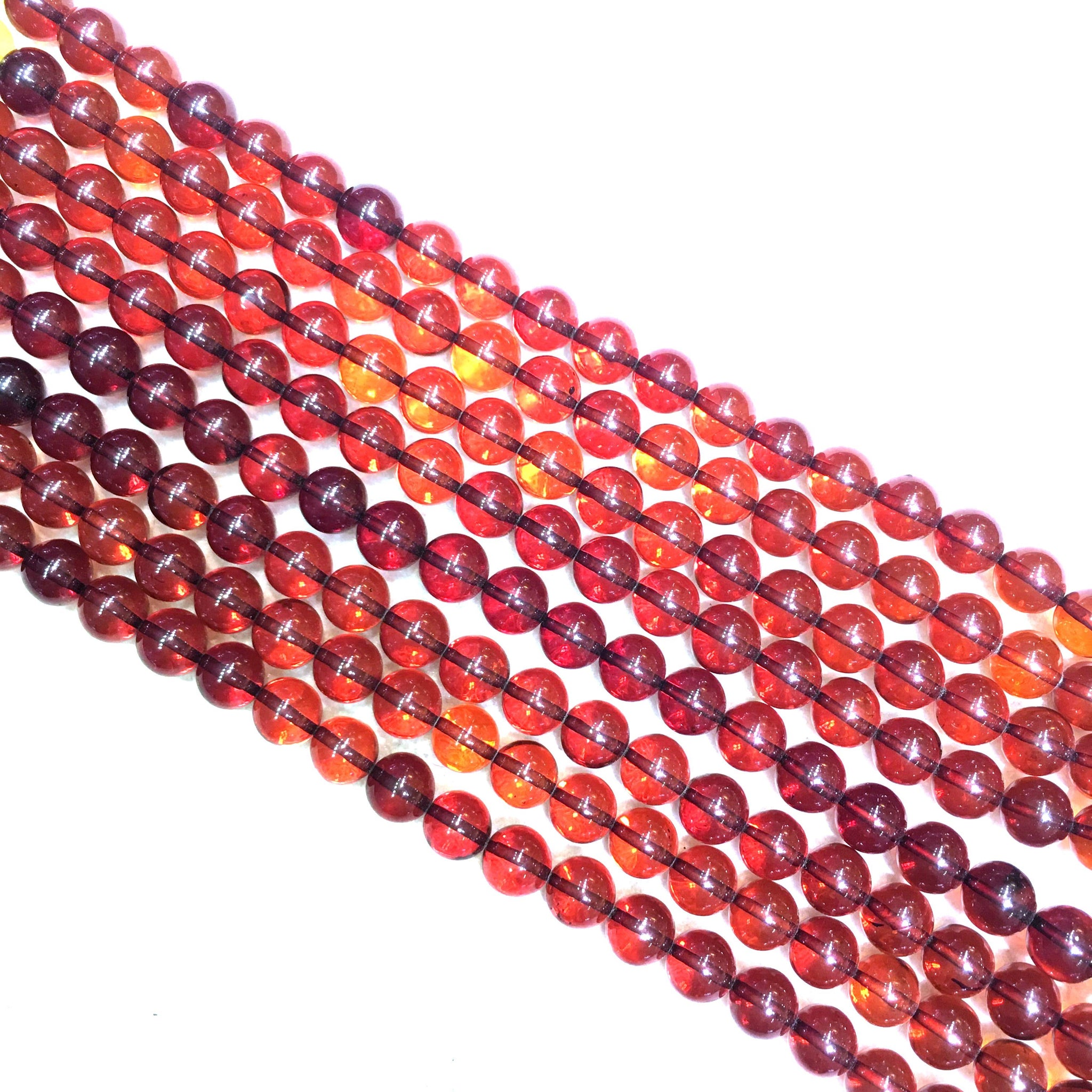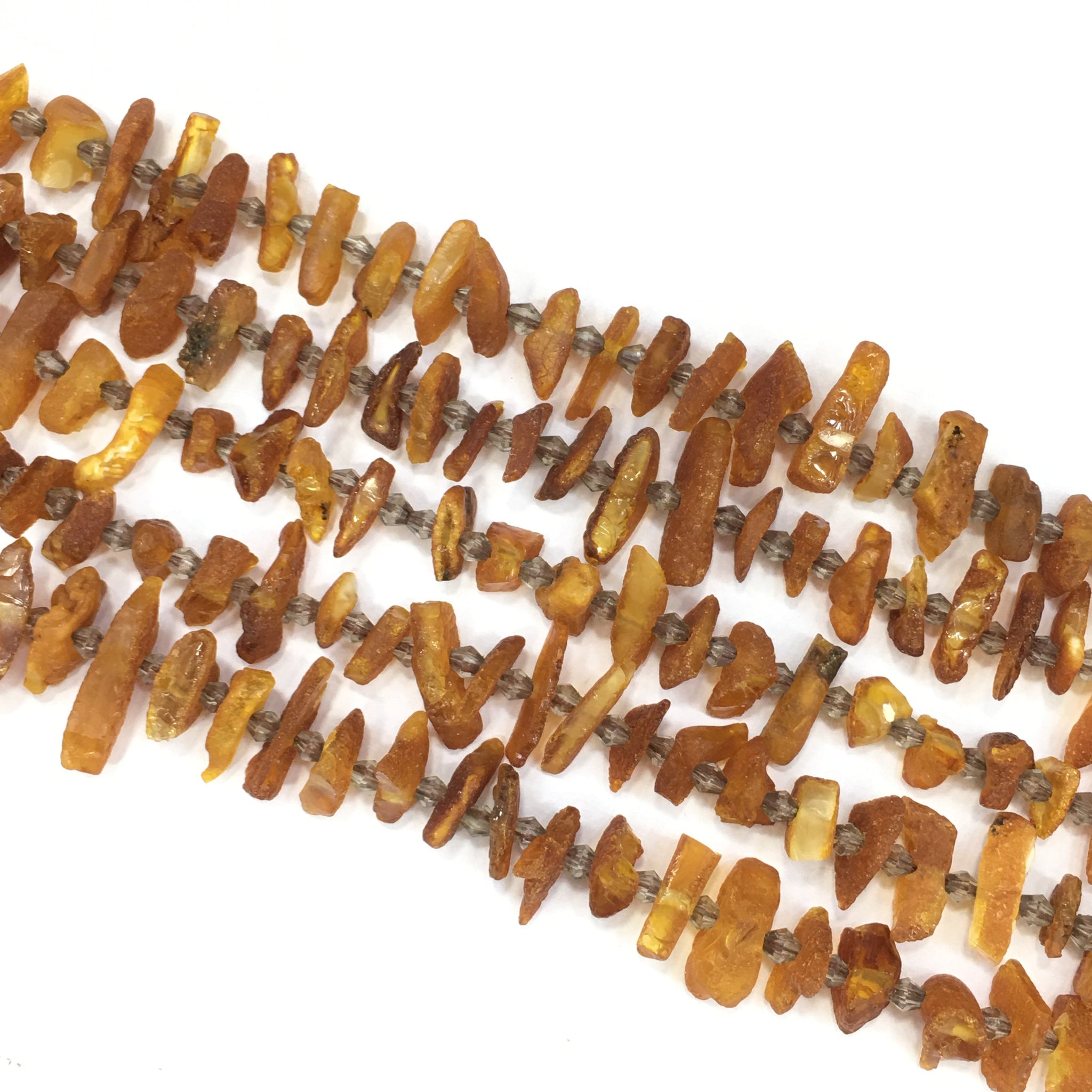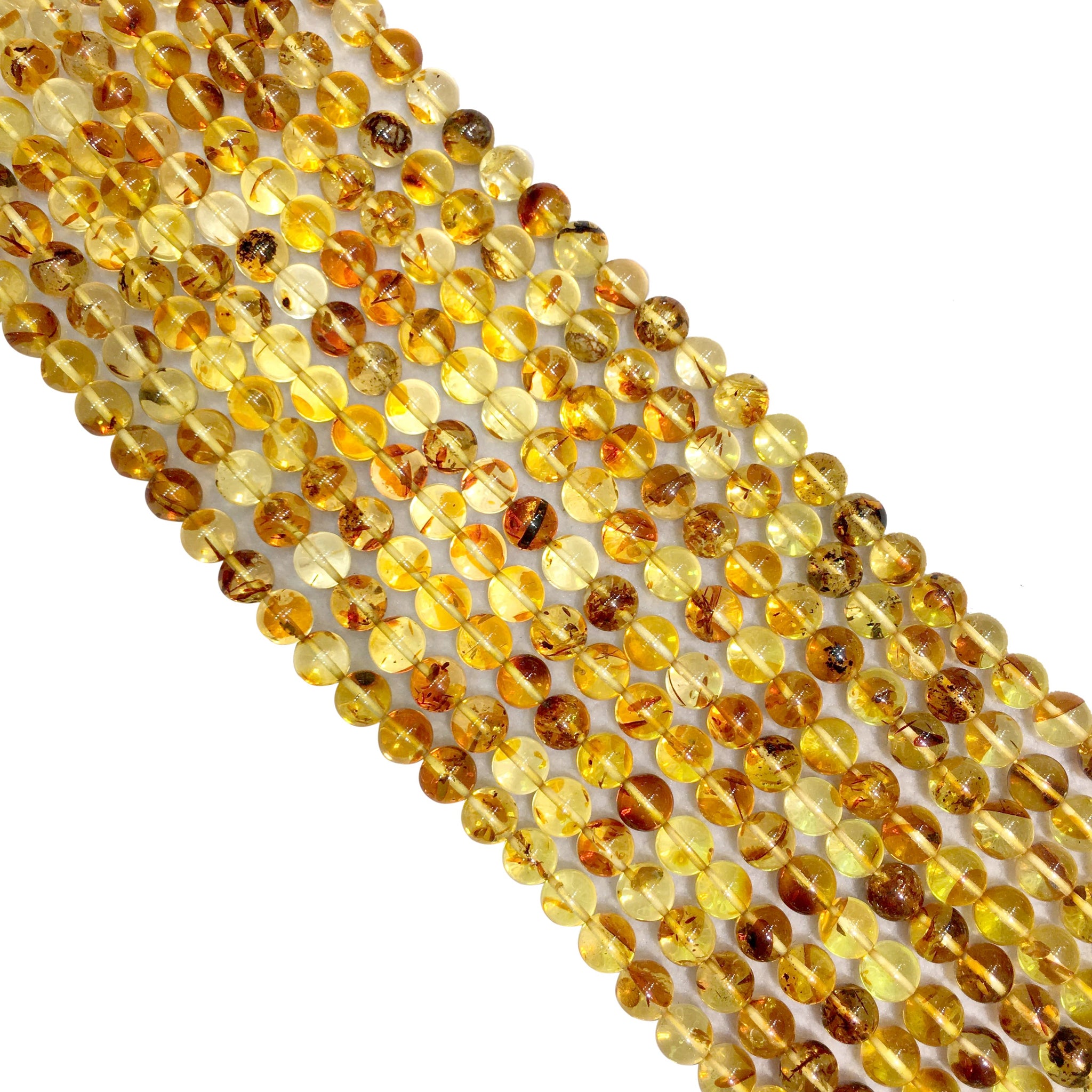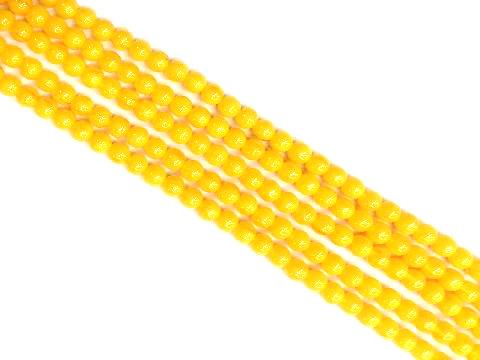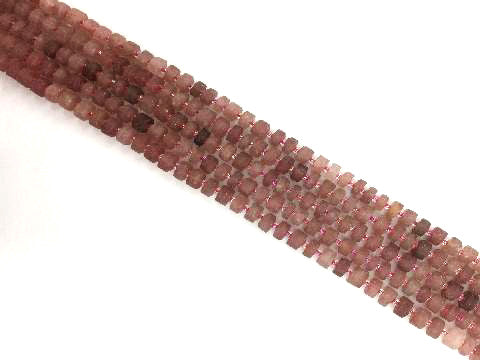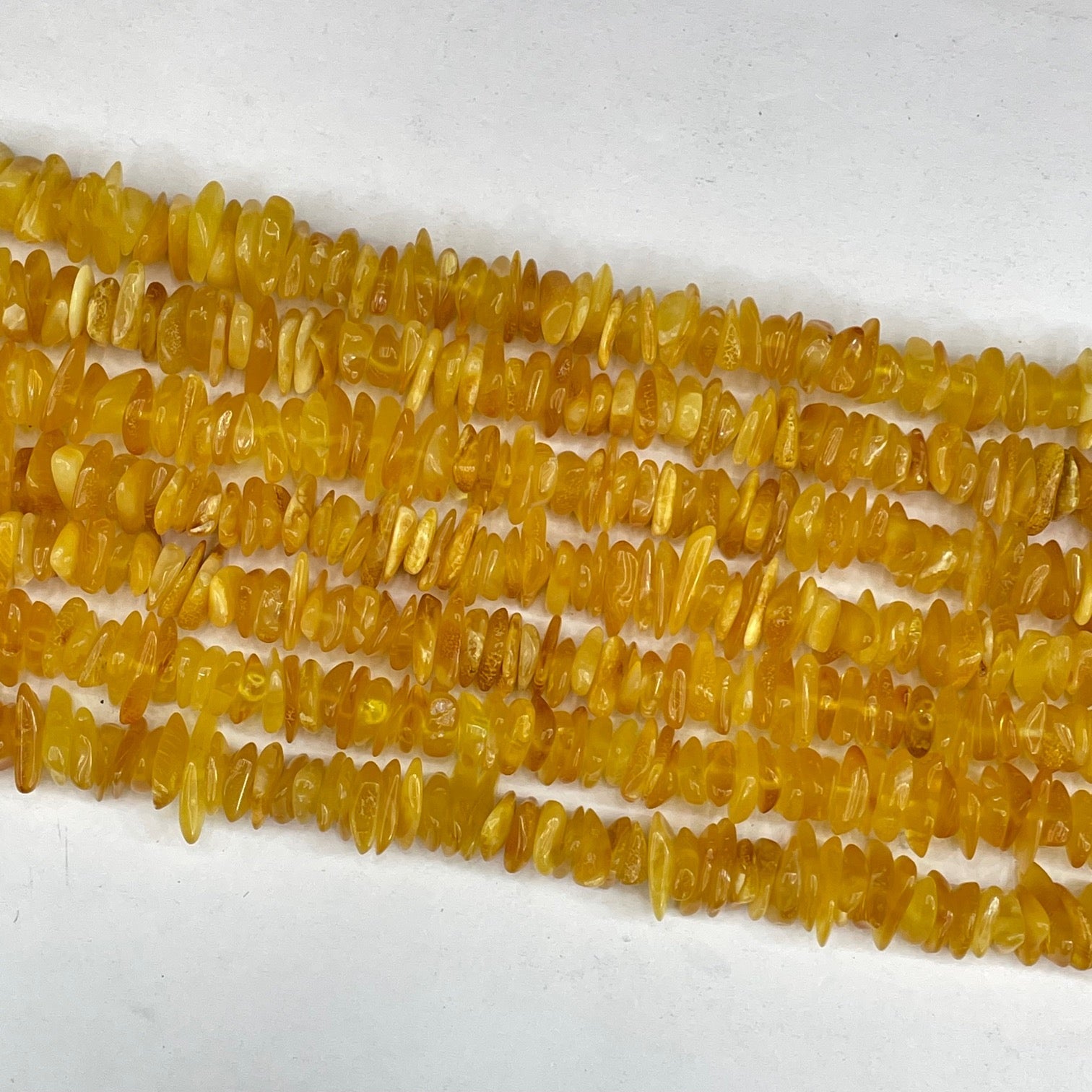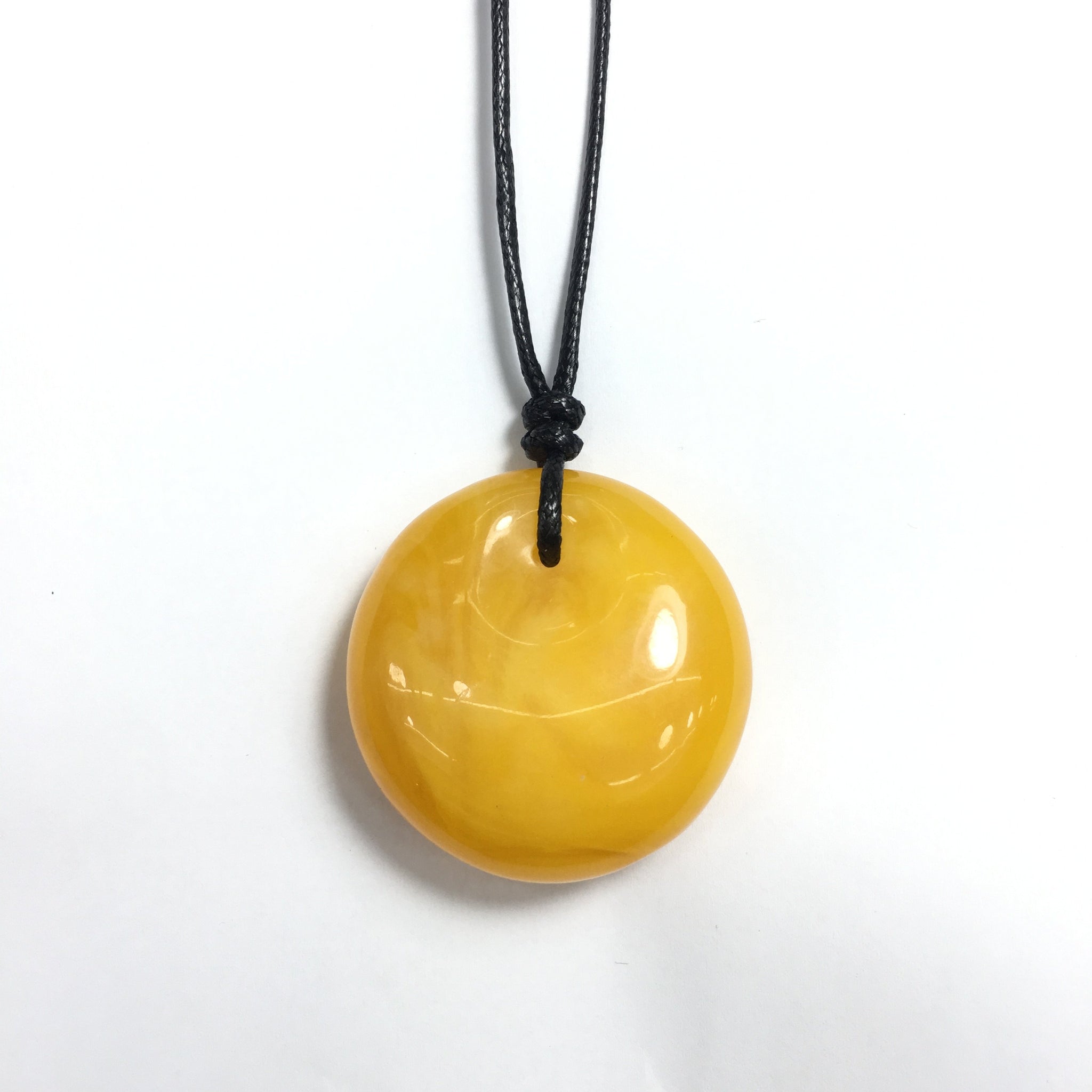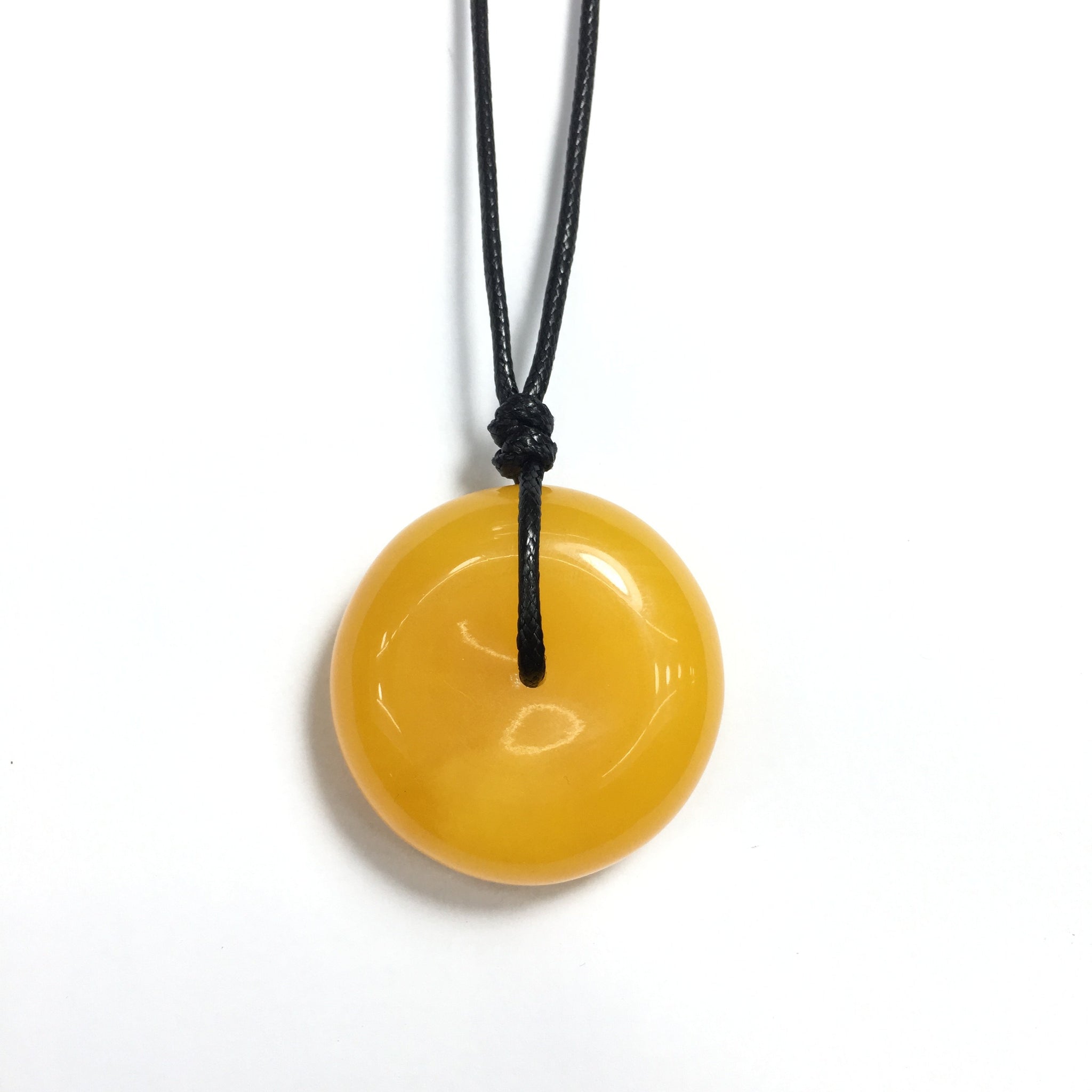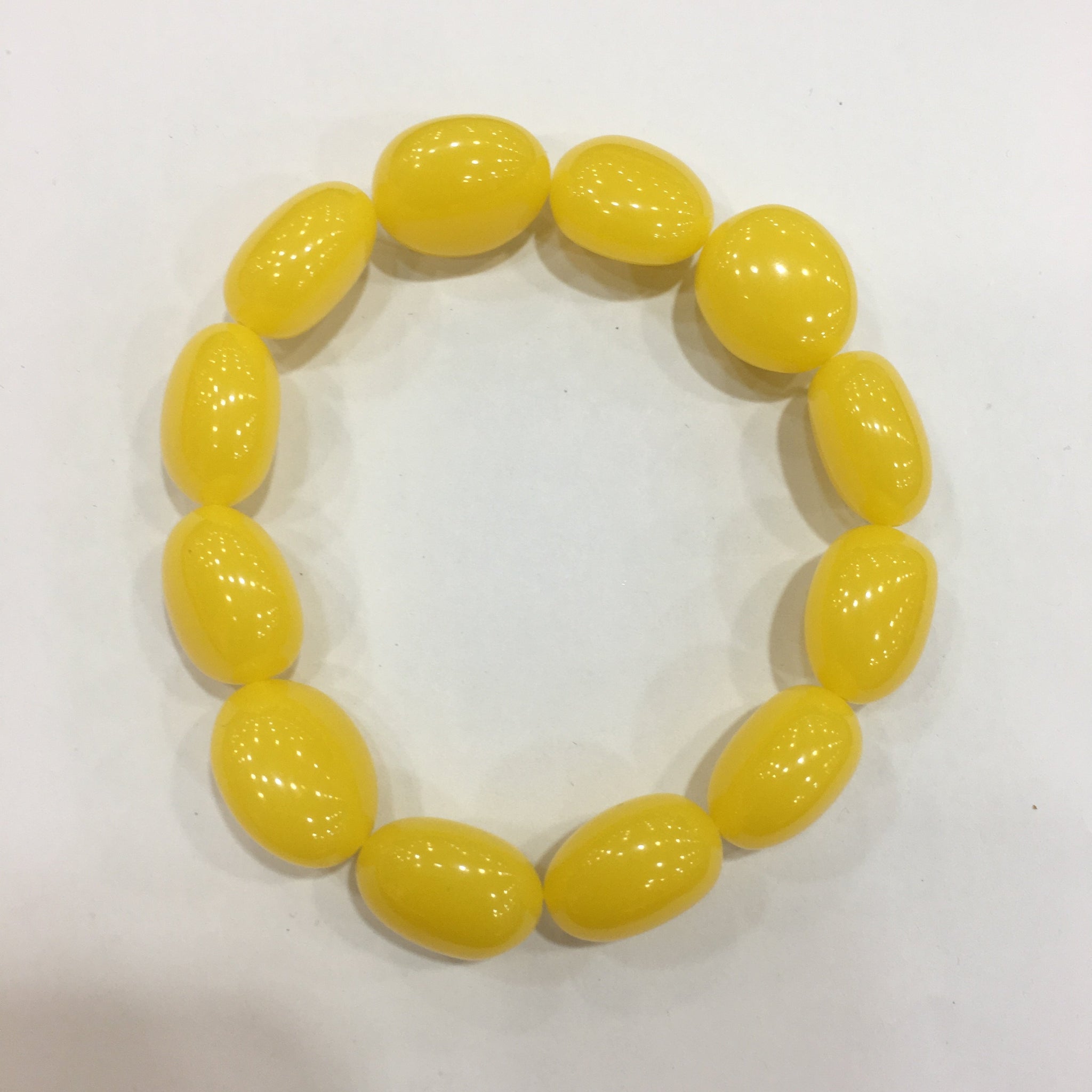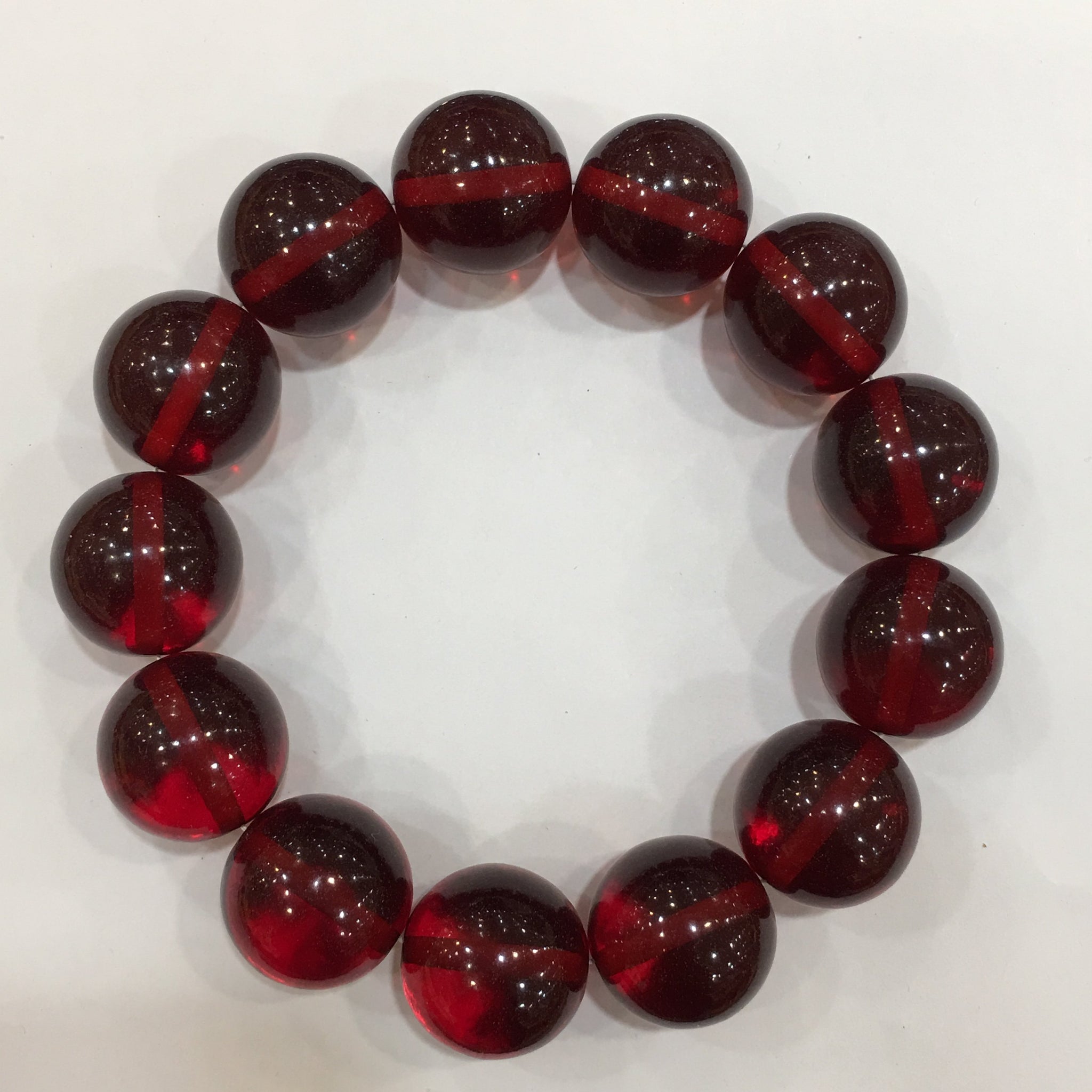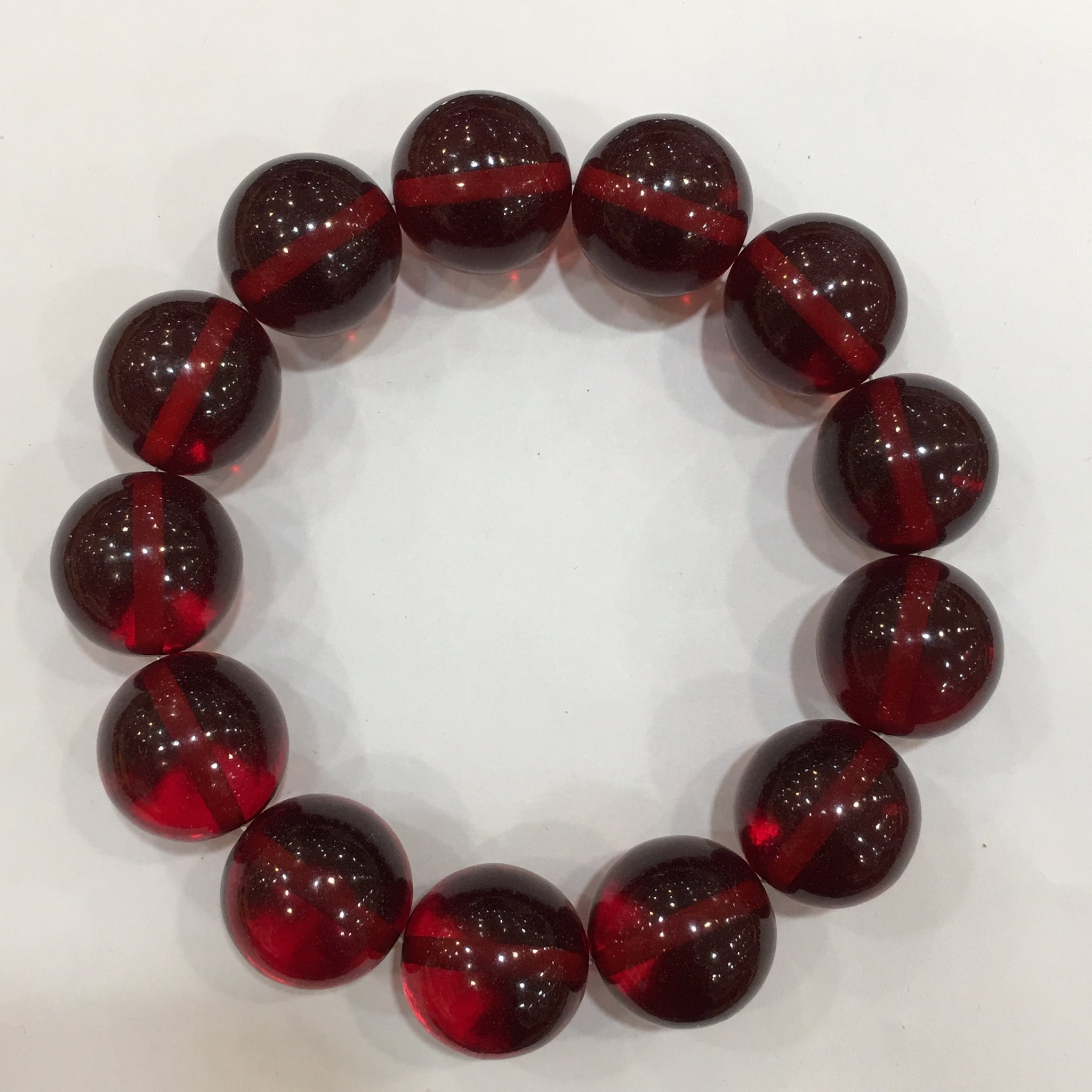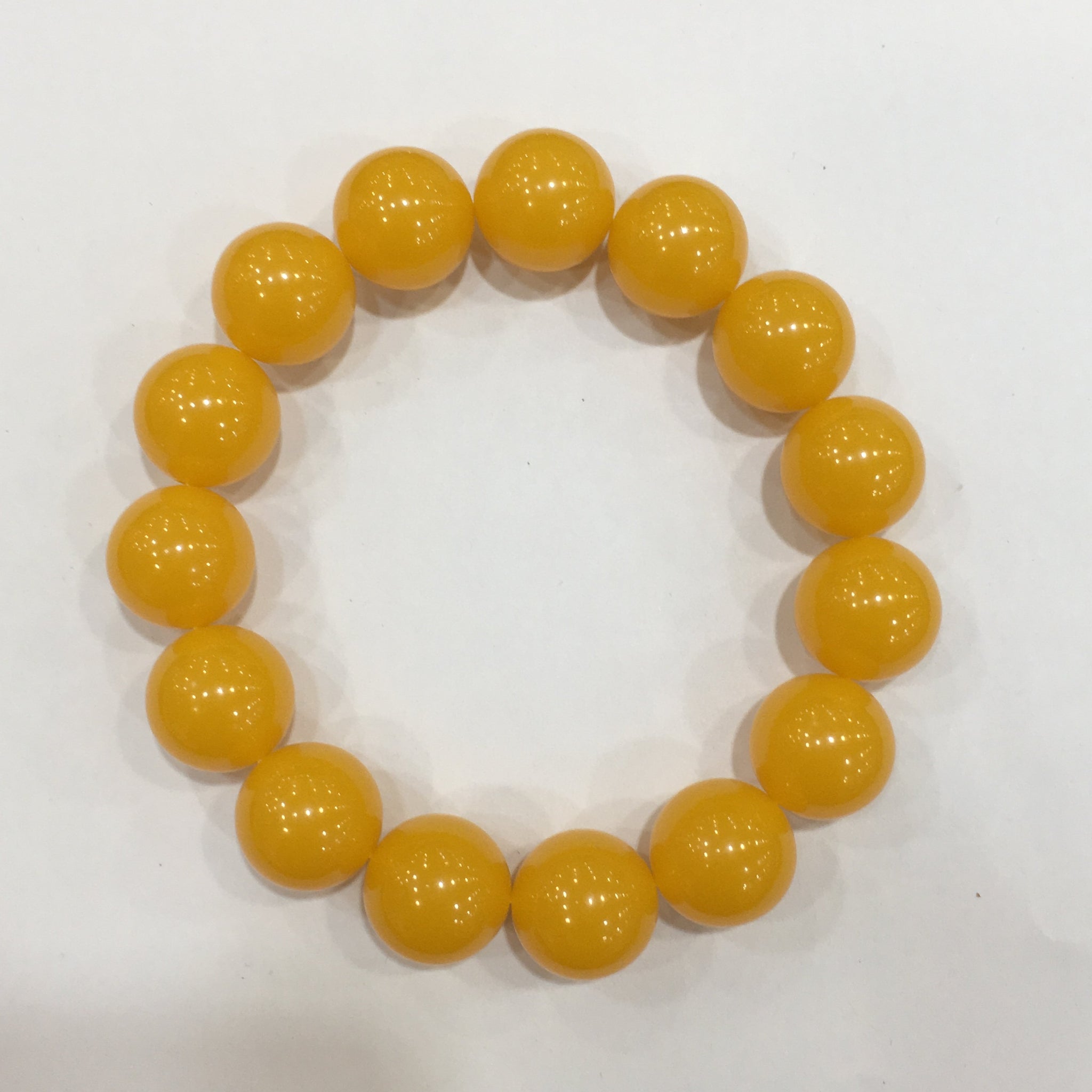Amber
Amber is fossilized tree resin; its alluring natural beauty has been used for millennia in the decorative arts and for personal adornment. Amber is not a gemstone, but because of its beauty and its prevalent use in jewelry making, it has a prominent place within the gemstone category. The color of Amber can range from golden honey to a soft yellow to deep, rich reddish-brown.
Amber beads and focal pieces—that may include embedded insects within their resin matrix—are truly unique beads to use in beading projects or as eye-catching focal beads.
Amber is utilized for its healing properties, bringing the wearer good luck and protection.
Amber, often considered a gemstone, stands out from other gems because of its organic origin. Instead of being formed from minerals, raw amber is the result of ancient tree resin that has fossilized over millions of years. During this process, the resin often captures and preserves tiny fragments of nature, such as insects, plants, and other organic materials, and sometimes even air bubbles called inclusions. These preserved relics offer a unique window into prehistoric ecosystems and have captured the human imagination.
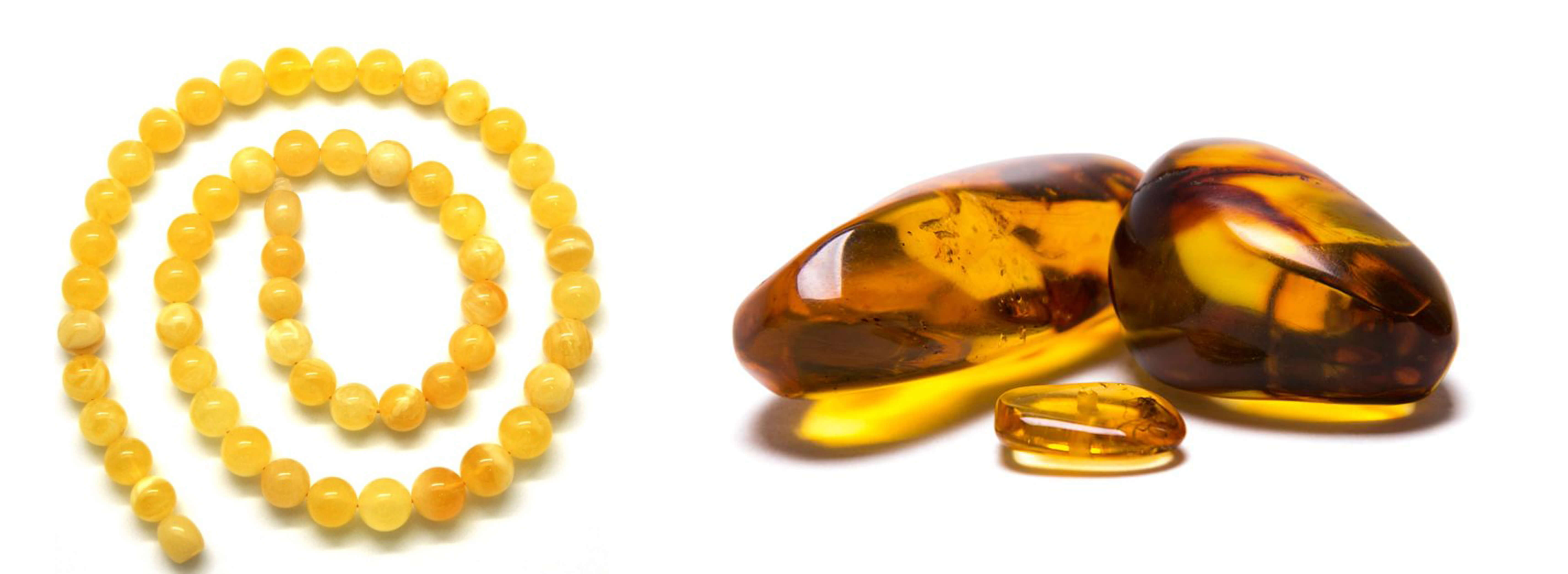
A Blend of Aesthetic Charm and Historical Significance
Throughout history, amber's allure has not only been due to its inherent beauty but also its inclusion-rich composition. As a result, people have been drawn to it for various reasons. Most notably, amber has been crafted into decorative fashion jewelry and various other accessories. Beyond its aesthetic appeal, it has also been sought after for its supposed healing properties.
Types of Amber Beads
Nowadays, both authentic amber and its synthetic, man-made counterpart are widely used in the jewelry industry. These amber beads, whether genuine or artificially produced, are fashioned into a variety of jewelry pieces. These pieces, ranging from necklaces to bracelets and earrings, serve as fashionable accessories that enhance the style of their wearers. The popularity of amber, with its warm and radiant hues, combined with the versatility offered by synthetic variants, allows designers to cater to a wide spectrum of tastes, budgets, and preferences.

1. Baltic Amber Beads
American Beads offers an extensive collection of both authentic and synthetic amber beads. Customers can choose from a diverse range of types, with beads available in various shapes, sizes, and finishes. Whether you're seeking the genuine authenticity of amber beads or the versatility of its synthetic versions, American Beads has something to cater to every kind of project.
2. Amber Stones
Another name for amber beads is amber stone. It is a captivating and unique gemstone, primarily because it isn't a stone at all. It is formed thousands and millions of years ago from fossilized tree resin. Amber captures the essence of ancient forests and often serves as a window to prehistoric times. Its golden hues that encapsulate ancient prehistoric times have captivated humans for many years making it a sought-after material in both ancient and contemporary jewelry and art.
3. Rainbow Baltic Amber Beads
Rainbow Baltic Amber Beads refer to amber beads in a spectrum of colors. Unlike the traditional golden hues of most ambers, rainbow baltic amber beads have various colors such as yellow, orange, red, white, green, and blue. Natural Rainbow Baltic Amber Beads are rare. It can either be naturally formed or treated.
Natural Amber Beads and Treated Amber Beads
Naturally formed baltic amber occurs due to various factors such as the type of tree sap, the conditions during fossilization, or the presence of certain impurities. While treated or modified rainbow amber beads undergo treatments to achieve the rainbow effect. This could involve heating, applying certain chemicals, or using other methods to alter the amber's appearance.
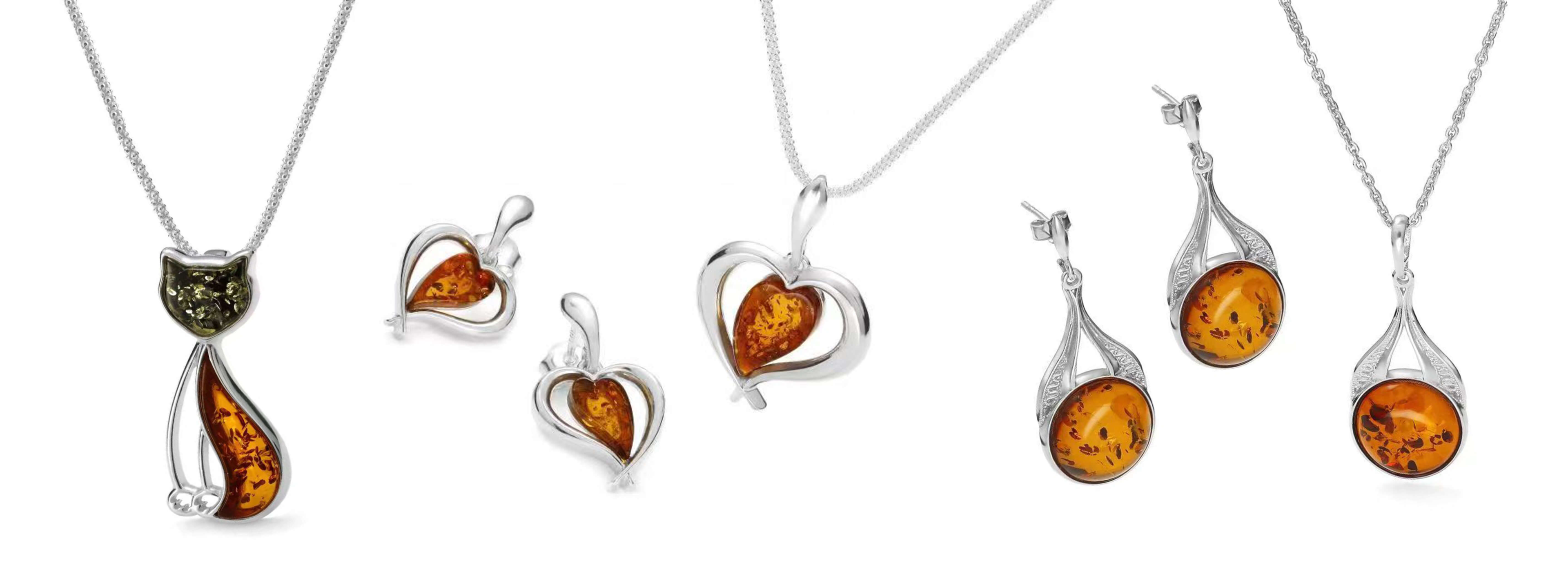
When considering a purchase of Rainbow Baltic Amber Beads, it's crucial to determine whether their vibrant colors are natural or due to post-processing. Naturally vibrant beads, especially those unaltered, tend to be more valuable than their treated counterparts.
4. Amber Bead Necklaces
Amber Beads in History
Amber has been part of various archaeological sites suggesting that it has been an important part of man's early civilizations all throughout history. Amber bead necklaces were found in ancient Egyptian tombs. Tutankhamun’s tomb, for instance, contained amber beads, suggesting that amber necklaces were part of the pharaoh's treasures. Amber necklaces were also found in various digging sites in Europe indicating that they were considered of high value during the earlier times.

Amber Beads for Healing and as Teething Necklaces in the Modern Times
Right now, in the present time, baltic amber necklaces have been used not just as high fashion accessories. They are also used as teething necklaces for babies because they contain succinic acid. A substance that acts as a natural pain reliever. It is also used as a healing gemstone because it is believed that the stone possesses properties that protect against illnesses.
5. Loose Amber Beads
Loose amber beads are most commonly used for crafting jewelry, but their versatility extends beyond that. They can enhance home decor as elements in wind chimes or decorative curtain ties. In crafts, they can be made into accessories such as keychains, and bookmarks, and can even be incorporated into resin art.
A Vibrant Tapestry of History, Education, and Healing
Their historical allure makes them suitable for period clothing, and their intriguing inclusions can serve as focal points in educational displays. Additionally, some believe in the therapeutic properties of amber beads and use them in teething necklaces for babies. Overall, loose amber beads offer a wealth of possibilities for various creative projects.
6. Amber Bead Bracelets
Amber bead bracelets are wearable pieces of ancient history. Made from fossilized resin, each amber bead captures a moment from millions of years ago, preserving it in a beautiful, translucent gem that we can now enjoy and admire.
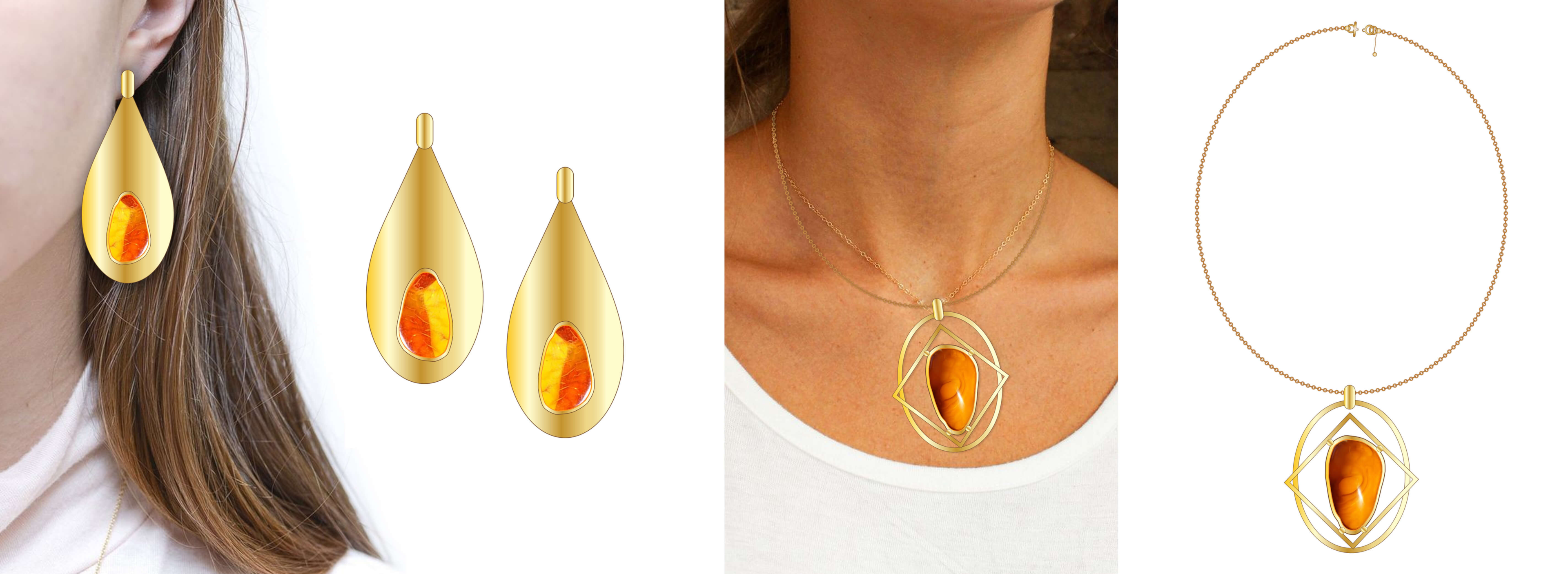
The rich and warm hues of amber beads, combined with a plethora of inclusions that can vary from preserved ancient insects to various plant materials, make them intriguing conversation pieces. When you wear an amber bead bracelet, you're not just wearing a piece of jewelry; you are showcasing the mysteries and wonders of nature's past.
7. Crimson Amber Beads
Radiant Red Hues with Timeless Appeal
Crimson amber beads stand out with their distinct reddish hue, which is more intense compared to the typical colors of regular amber beads. Their vibrant color makes them an ideal choice for a variety of jewelry designs, from beaded bracelets to minimalist necklaces, where their natural shade serves as a design centerpiece.

Additionally, their aesthetic appeal has made them a favorite choice for crafting religious artifacts, such as rosaries used by Catholics. Its unique color offers a blend of elegance and spiritual significance. This quality makes it both visually striking and meaningful to use in various products.
How can you tell if there are real amber beads?
Authenticating amber can be tricky because of the variety of imitations available. However, there are some tests that you can do at home to check the authenticity of a piece of amber. Here are some valuable tips to follow before buying a piece of amber jewelry:
-
Visual Inspection
Check for the inclusions or the particles trapped inside the gemstone. Genuine amber often has inclusions like tiny insects, plants, or air bubbles. While fake ones can also have inclusions, they often look too perfect or out of place.
-
Check the Texture
Unlike other gemstones that feel cool when you wear them, the texture of genuine amber is usually warm to the touch. Compared to real amber, plastic, or glass which will feel cooler. It is also relatively lightweight.
-
Saltwater Test
This is a popular way to confirm if your amber gemstone beads are authentic. Dissolve about 2-3 tablespoons of salt in a cup of water. Drop the amber piece into the solution. Genuine amber will typically float, while most fakes like copal, glass, or plastic will sink.
-
Hot Needle Smell Test
Heat a needle or pin and gently touch the amber with it. Be careful, as this test can damage the amber if not done cautiously. Authentic amber will give off a piney, resinous scent. Fakes might smell like burning plastic. If the needle goes in very easily, it might be a sign of copal, a younger resin than amber. Real amber is harder and will resist the needle a bit, and as mentioned earlier, will give off a piney scent.
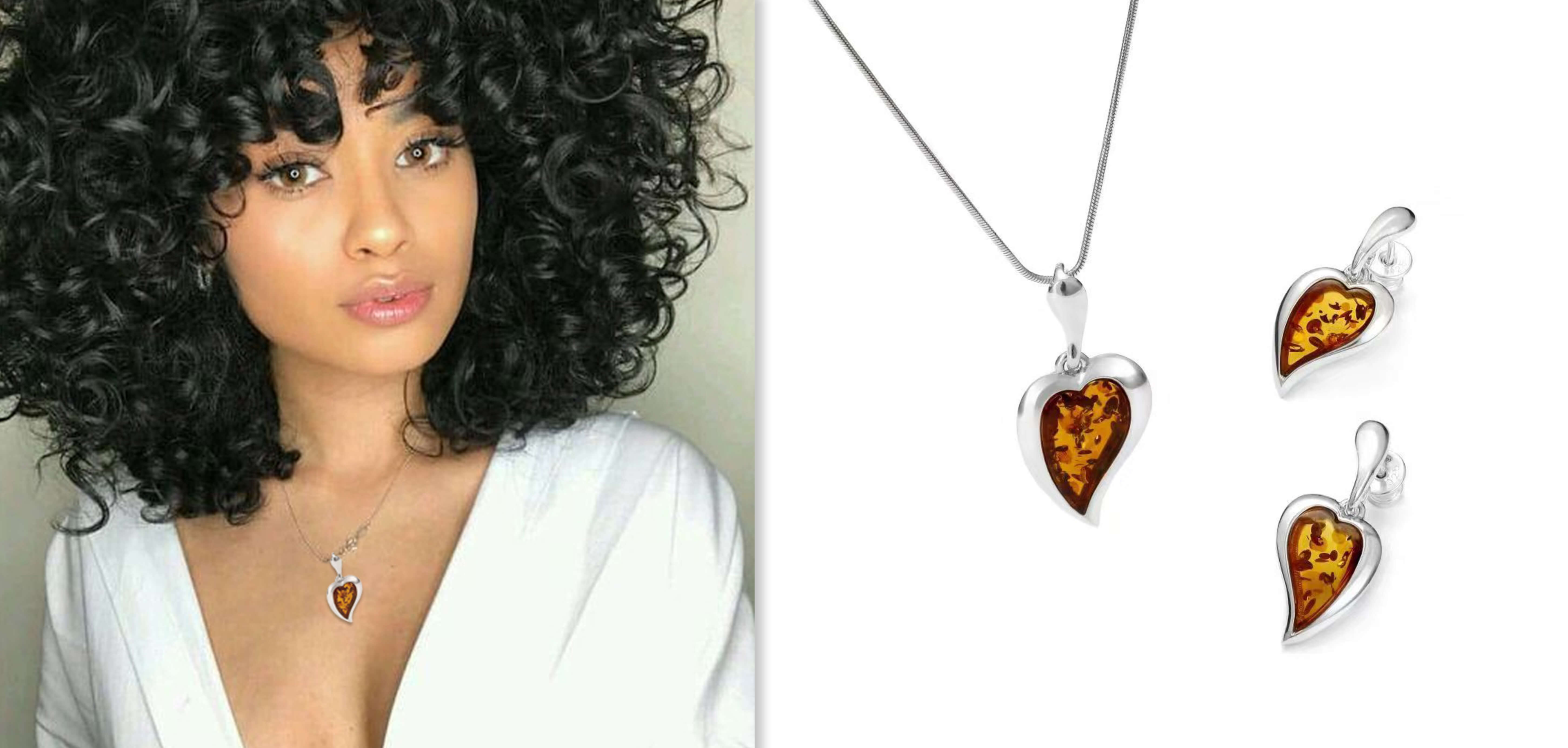
Just a Reminder
Holding amber stone up to the light, genuine amber often has an uneven, wavy appearance, whereas many fakes will be uniform. It's essential to note that while these tests can provide good indicators, they are not foolproof. If you're considering purchasing a high-value amber piece, it's always a good idea to get an expert opinion or buy from a reputable source like American Bead Corp. Some modern fakes can be very convincing, and no single test is 100% reliable.
What are the healing properties of Amber Beads?
Beyond its aesthetic appeal, amber beads have been treasured since ancient times for their healing properties. These beliefs are rooted in ancient traditions and folklore. It has persisted and even grown in popularity today in some modern alternative medicine practices.
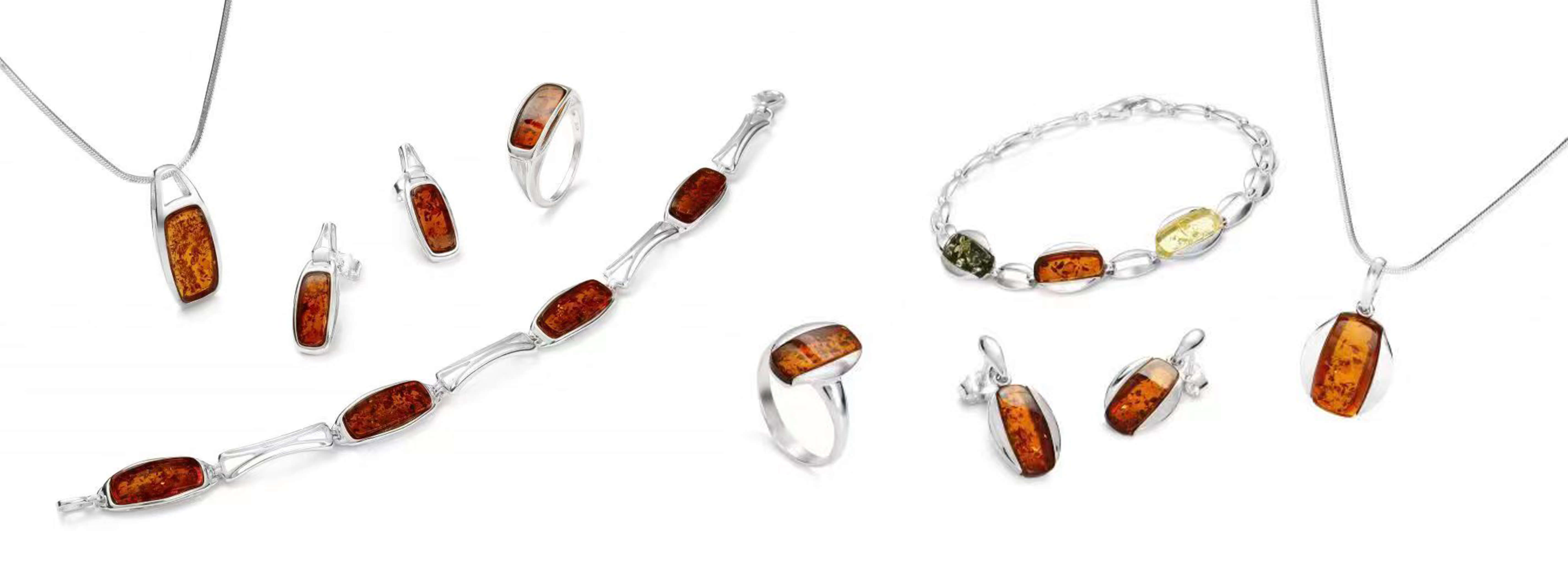
These are some healing properties that Amber Gemstone Beads supposedly have:
-
Popular Pain Relief
The most well-known and sought-after property of amber, especially Baltic amber, is its supposed ability to alleviate pain. This is particularly popularized in the form of amber teething necklaces for babies. The belief is that when amber is worn against the skin, the body's warmth releases minute amounts of succinic acid from the amber. Succinic acid is a natural substance that is then absorbed by the skin to aid in pain relief.
-
Anti-Inflammatory Properties
Connected to its pain-relieving properties, amber is also believed to have anti-inflammatory effects. It can supposedly help reduce swelling and boost the body's natural immune system. Structures in ancient palaces have been known to be adorned with Amber to help boost its healing effects.
-
Stress Relief and Calming Effects to Balance Energy and Spiritual Mindfulness
Amber beads are often cited as having calming properties, helping to balance emotions, reduce stress, and alleviate anxiety. Many cultures and spiritual practices value amber for its ability to cleanse negative energy and help align and balance one's energy centers or chakras.
Amber's Most Popular Attribute
Amidst all its revered properties, amber's most popular attribute is its analgesic effect, particularly for teething babies. Many parents swear by amber teething necklaces, attributing the beads' succinic acid content to reduced inflammation and a calmer, less distressed child. Though there is limited scientific evidence backing these claims, the anecdotal testimonials and the long-standing tradition of using amber for pain relief have solidified its reputation in this regard.
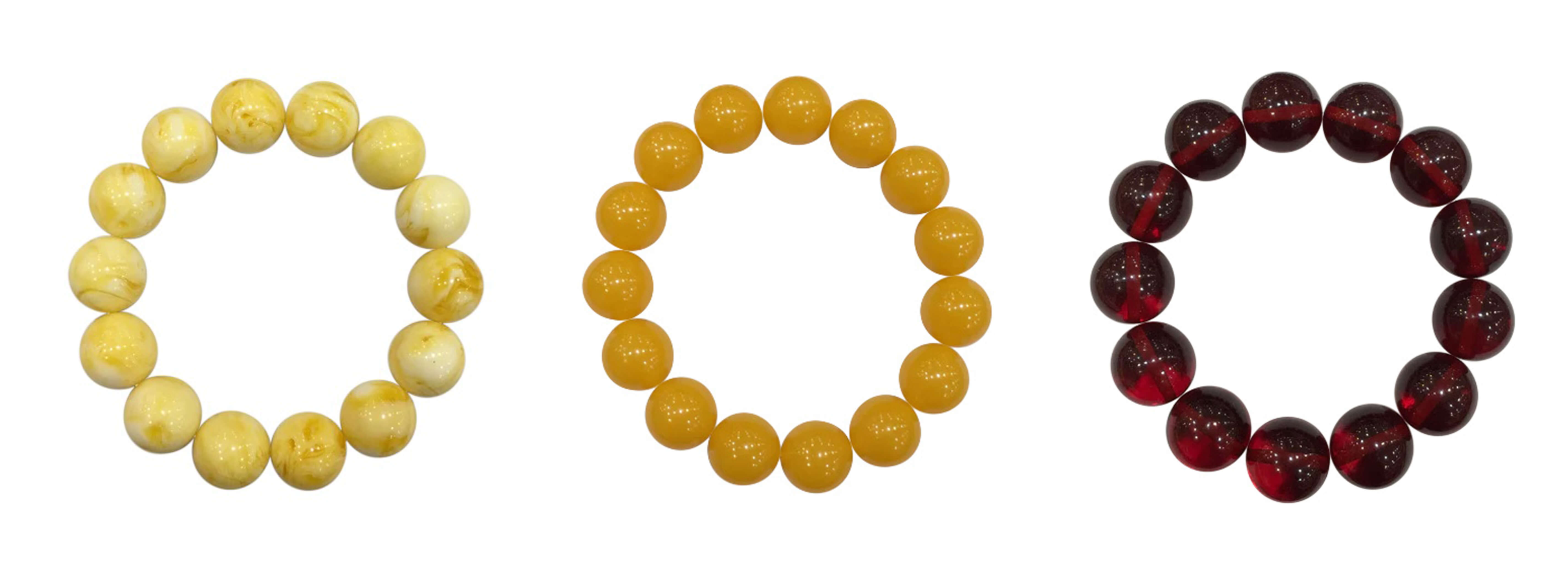
It's essential, however, to exercise caution, especially when using amber products for children. Teething necklaces pose a potential choking hazard, and parents should ensure they are used under supervision. Furthermore, while many genuinely believe in the healing properties of amber, it's always a good practice to consult with healthcare professionals when addressing medical concerns.

 support@americanbeadcorp.com
support@americanbeadcorp.com Shipping Time: 10-15 Days
Shipping Time: 10-15 Days 30 Day Return Policy
30 Day Return Policy 2 Years Warranty
2 Years Warranty (800) 279-8960
(800) 279-8960
